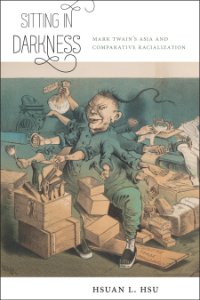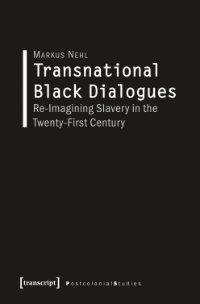By The Halving Global Violence (HGV) Task Force
Violence is a universal challenge. Although commonly associated with conflict zones or marginalized sectors of society, violence is present in all regions, and its effects impact people of all demographics. 80 to 90% of all violence happens outside of armed conflicts, and has a direct impact on the daily lives of people around the world. Communities everywhere expect their leaders—local, national, and international—to reduce violence and create conditions for peaceful co-existence. Too often, however, these leaders fail to deliver on the promise of creating peaceful societies. Violence impacts people in a variety of ways and poses a challenge to development goals in communities worldwide. It is not only an issue of men killing men. For each homicide, there are thousands of instances of assault; up to 1 billion children will experience violence in their lives, and one third of all women will suffer violence at the hands of an intimate partner. In fact, by some estimates, the share of women who are victims of intimate partner violence (IPV) is higher than the share of the total population that is a victim of assault or homicides. In addition to the loss of human lives and physical suffering, violence manifests itself by making people feel unsafe in their homes, fearful on their streets, vigilant in schools and public spaces, and unable to access markets, the workforce, economic development opportunities, or social services and healthcare:The impacts of violent crime and interpersonal violence have intergenerational dimensions and victimization as a child can lead to consequences throughout a lifetime. Against this backdrop, violence reduction is a cornerstone of the 2030 Sustainable Development Agenda. Sustainable Development Goal (SDG) 16.1 directly calls for the reduction of all forms of violence, and thirteen other targets also refer to it—recognizing that violence must be prevented and reduced wherever it exists. The SDG targets are an acknowledgment that violence—especially against women, children, and marginalized groups—is not inevitable and that achieving substantial and measurable progress is possible. Imbued with this confidence, the Halving Global Violence Task Force was set up to outline the ways leaders across the world can achieve significant reductions in the most serious forms of violence. While armed conflict understandably receives a substantial amount of the world’s attention and investment, the work of the Task Force is focused on interpersonal violence—violence between people in the home and on the streets—which is too often overlooked. More than its prevalence, what makes interpersonal violence a compelling focus and target for the work of the Task Force is its amenability to change. Cities like Palmira in Colombia, Pelotas in Brazil, and many others around the world have achieved upwards of a 60 percent reduction in violence rates by combining localized action, targeted investments, and the smart use of data. Experts have suggested it is like a disease that can be controlled, managed, and eventually eradicated. This report reflects the Task Force’s substantial efforts over the past three years to better understand the costly nature of interpersonal violence and develop concrete recommendations to address it, and to prove that Halving Global Violence is more than an aspiration or a talking point. It is achievable and an imperative that leaders and policymakers at every level of governance and across sectors can advance. Failing to act on the evidence makes us complicit in the deaths and suffering that occur and the damage that violence causes both present and future generations. We have the knowledge and tools to achieve radical reductions in violence globally
New York: New York University Center on International Cooperation, July 2024, 108p.





















